Illustration by MIKE DE LEON
Weak. Cry baby. Meek. Helpless. Wool. Horned. Farmed. These are some words we associate with sheep time and time again. Maybe because of the countless representations throughout various cultures and era that depict sheep as a mindless bunch who always seems to get lost and, of course, needs saving. And it’s probably because they have been categorized as livestock for so long that we don’t see them as unique individuals. Yet again, there is more than meets the eye.
You got it right – sheep have a few interesting quirks under their wool. Here’s some grass to chew on.

THEY REMEMBER YOU, YOUR FACE, YOUR DOG’S FACE
Let’s get this out in the open right away: Sheep aren’t dumb. They are complex and intelligent creatures who have amazing memory retention.
According to an article by Harriet Constable published by BBC Earth in 2017, a study conducted in 2001 by Keith Kendrick concluded that sheep could recognize and remember at least 50 faces. In addition, sheep can also identify and differentiate emotions in our faces. And yes, they prefer smiles over frowns.

SHEEP AIN’T SHEEPISH
Another thing to debunk: Sheep don’t scare easily. Contrary to popular belief that sheep always need to be saved or protected, they can defend themselves from predators through various mechanisms. They can give a mean kick, especially if they’re protecting their young; climb steep landscapes, which allows them to escape from wild animals; and even make it seem that they’re not hurt that much.
According to a study conducted by Dr. Jacky Turner in 2003, sheep are most likely to hide their pain compared to dogs. This defense mechanism allows sheep to fend off predators, as signs of weakness are more attractive to them.
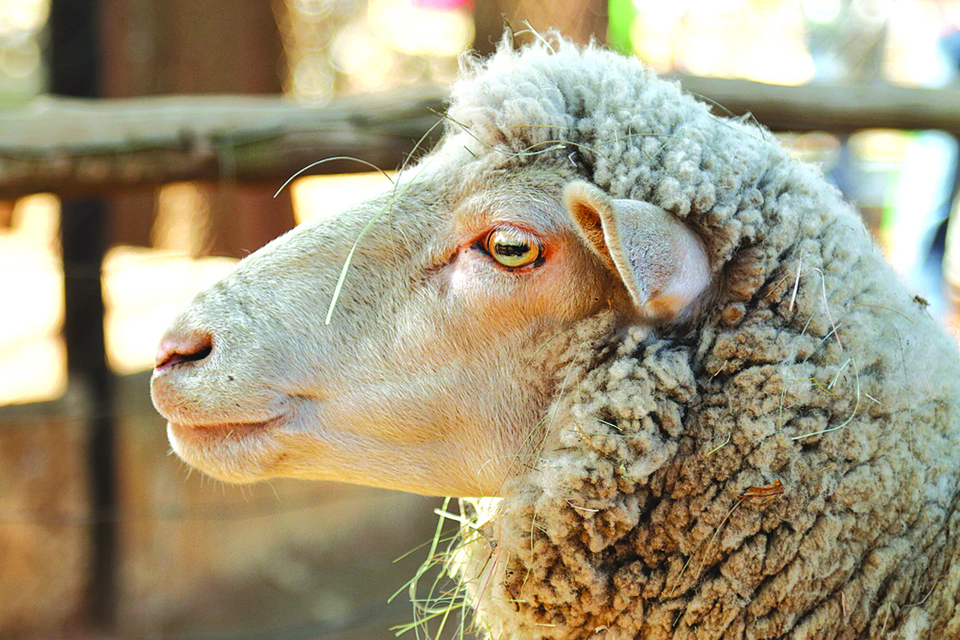
SQUARES FOR EYES
20/20 vision? How about eyes that allow you to see 270 to 320 field of vision? Sheep got that.
If you look closely, sheep have rectangular pupils. This gives sheep the advantage to check what’s around them, except what’s directly behind them. They can see from all sides, so if there’s a predator or someone with bad intentions, sheep can definitely watch their back.
THEIR SCIENTIFIC NAME IS…
Ovies aries. They belong to the family Bovidae, to which goats also belong (yup, they are cousins). Their subfamily is Caprinae and their genus is called Ovis.
Coincidentally, the animal for the zodiac signs Aries and Capricorn are ram (adult male sheep) and goat, respectively.
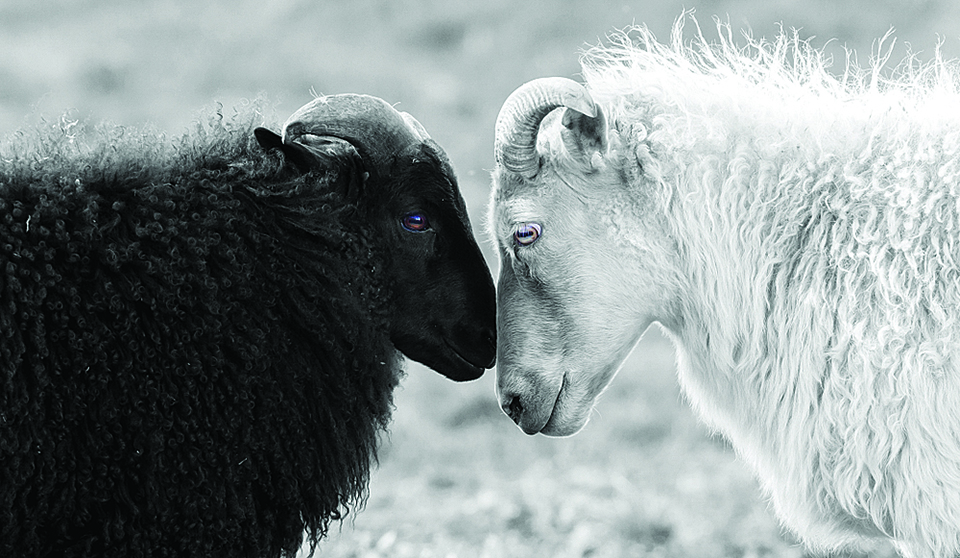
BLACK AIN’T BAD
Not all sheep are white. Some are brown, some are spotted, and some are even dark chocolate brown. And yes, there are also black sheep. But contrary to popular belief that black sheep are bad (which is where the expression “the black sheep of the family” comes from), the color of any sheep doesn’t dictate their attitude or personality.
Historically, black sheep got their bad reputation because wool farmers had a more difficult time dyeing wool harvested from these gentle creatures. Because white wool is easy to dye and black isn’t, the notion that black sheep are bad luck was ingrained in our culture.
But just because some people can’t make use of sheep doesn’t make sheep bad, does it?
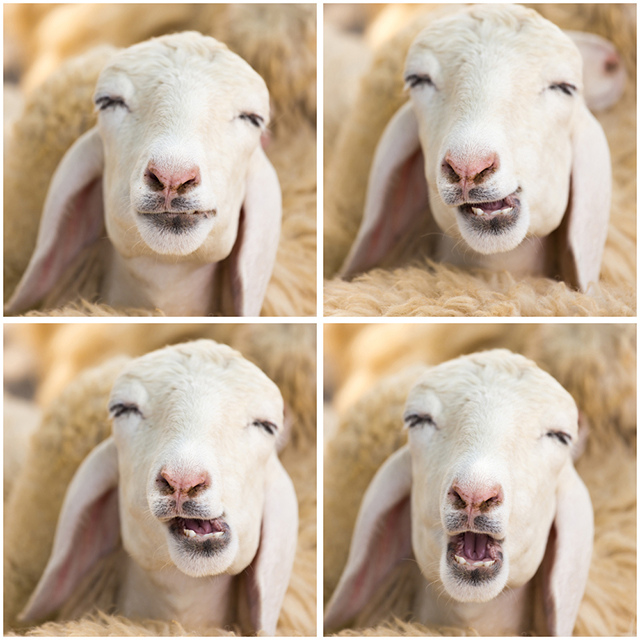
SAY, “SHEEEEEP!”
We all like to think that sheep are happy, bubbly animals. They’re carefree, they kick ass, and they pretty much spend their days chewing all that green. But can they smile and show all that teeth? Of course they can, although only their lower jaws have teeth.
When sheep chew, their lower jaws squish food against a hard palate on the upper jaw. And if anything, that just makes them more adorable.
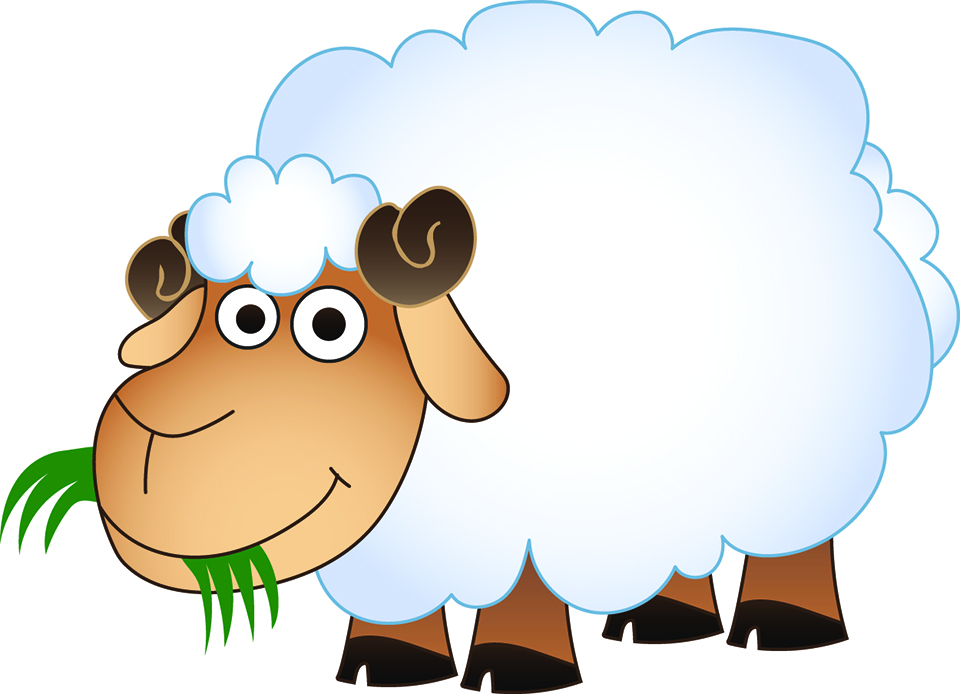
GOT GRASS?
Sheep are called ruminants, which means they have room for all that grass. According to Brittanica Encyclopedia, sheep are said to have multiple stomach compartments to help them with digestion by first regurgitating food and then chewing cud.
They are also herbivores, which means that they’re on an entirely plant-based diet (or should I say grass-based?). According to a 2017 article published in The New York Times, sheep also eat other plants that have otherwise no nutritional value to them in order to self-medicate.
Amazingly, these creatures can detect and retain memory of which plants would help them alleviate certain illnesses.
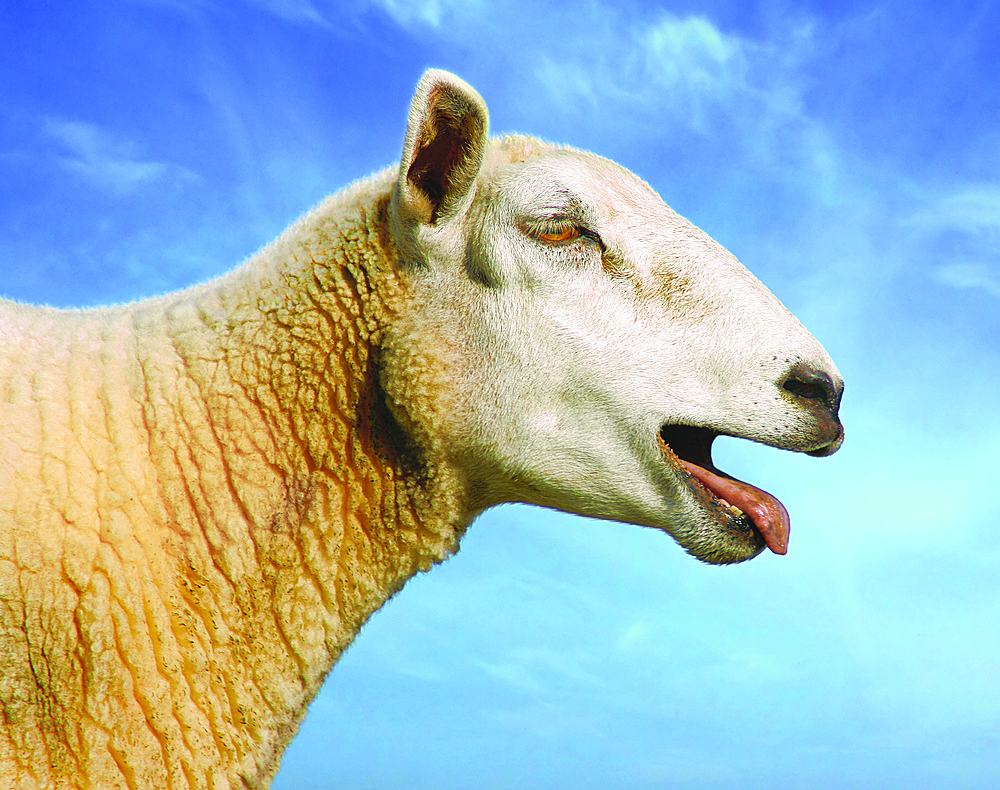
TEARS FOR FEARS
As all animals who are typically stereotyped as having no emotions, sheep are scientifically proven to be complex and emotional animals. This means that they have a range of emotions they can tap, depending on their situation and experiences. They develop bonds with each other and even protect one another, as humans do.
According to a 1993 study published in Ethology magazine, rams were observed to come to the defense of weaker members and would even come between fights within the group.
Much like us, sheep can also feel bored when they experience the same set of actions and situations throughout their day. Consequently, sheep recognize fear when they see each other go into slaughterhouses. They bleat and wail when experiencing fear and expecting pain. And like us, they prefer the pleasure of a safe environment rather than a dangerous and scary one.
“MOM, DAD, I’M SHEEP”
Debunking yet another myth in the animal world, sheep are one of the animals recorded to engage in homosexual relations. That’s right, the world isn’t straight at all.
According to another BBC article published in 2015, about 8% of domesticated rams engaged in same-sex relationships. While other animals, such as the banobos and macaques, engaged in same-sex intercourse for pleasure, sheep seem to do it for other reasons. One of which is, ironically, to pass on genes through their female relatives, which will in effect make the females more fertile. This would result to more offspring, which sadly is the way we have been breeding sheep to behave for years. But hey, at least sheep parents are cool with it, right?
WHO RU(I)N THE WORLD?
Constable also mentioned in her 2017 BBC article that sheep are destroying the world. There are an estimated 1.2 billion sheep on Earth, and the number is growing because human demand for products sourced from sheep is also increasing.
Because sheep graze very low on grasslands, they also prevent those areas from recuperating. In effect, certain wild species of both plants and animals are affected. Drought is the inevitable outcome of ruined grasslands, and this spells misfortune for other animals wanting to thrive.
But this is hardly the sheep’s fault. The reason they have grown this many is because of years of domestication and breeding. Because humans want to keep harvesting their wool and slaughtering them for meat, sheep population has grown exponentially to the devastation of other wildlife.
Yet again, nature and the environment suffer because we keep breeding animals into existence, and unfortunately, sheep aren’t the only ones alone in this experience. If we keep running the world like this, we can expect more catastrophic effects on our planet.






